Dec 9, 2025 12:28 PM
In Memoriam: Gordon Goodwin, 1954–2025
Gordon Goodwin, an award-winning saxophonist, pianist, bandleader, composer and arranger, died Dec. 8 in Los Angeles.…
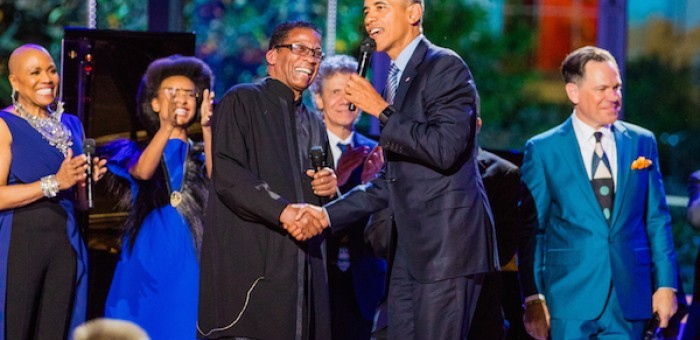
Dee Dee Bridgewater (left) Esperanza Spalding, Herbie Hancock, Chick Corea, President Obama and Kurt Elling celebrate International Jazz Day in Washington, D.C., April 29.
(Photo: Photo: Steve Mundinger)Bittersweet moments seeped into the International Jazz Day Global Concert held in Washington, D.C., on April 29. After hosting the all-star concert in Istanbul, Osaka and Paris in previous years, UNESCO and the Thelonious Monk Institute returned the event to the United States—this time at the White House as President Obama winds down the final months of his second term in office.
After President Obama greeted the guests, announcing that with this concert the White House would become the “Blues House,” vocal icon Aretha Franklin commenced the soiree with an impassioned rendering of Leon Russell’s “A Song For You.”
Accompanying herself on piano and aided by Brian Blade on drums, Christian McBride on bass and Herbie Hancock on keyboards, Franklin summoned her gospel and jazz roots, transforming the song into an invocation that seemed dedicated directly to the Obamas—she had stated that she’ll be sad to see them leave the White House.
The conviction of Franklin’s performance and her sentiments made perfect sense considering that she’s been an artistic ally to the First Family from the very beginning.
The White House felt like an appropriate setting for the International Jazz Day celebration, given that the Obamas have been ardent, vocal supporters of American music.
During the 2012 election, graphic artist JC Pagán issued a series of striking digital images that superimposed Obama’s image onto classic Blue Note LP covers. In June 2009, First Lady Michelle Obama opened the White House’s East Room to 150 high-school jazz students from Washington, D.C., New York City and New Orleans—and such jazz stalwarts as Paquito D’Rivera, Eric Revis and the Marsalis family—to launch a White House music workshop series that would later that year feature country and classical music.
Certainly, the Obamas aren’t the first to bring jazz into the White House. President Jimmy Carter did so famously in 1978 (with the help of Newport Jazz Festival impresario George Wein), as did President Bill Clinton in 1993 (in celebration of Newport’s 40th anniversary). But under the aegis of International Jazz Day at the White House, the genre enjoyed its grandest celebration yet, with a distinguished host, Morgan Freeman, and highlights packaged into a hour-long prime-time TV broadcast on ABC on April 30.
During his welcoming remarks, President Obama said, “There’s something fearless and true about jazz,” before comparing the music to “the story of our nation’s progress.” He went on to acknowledge that the music was “born out of the struggle of African-Americans yearning for freedom” and “forged in a crucible of cultures—a product of the diversity that would forever define our nation’s greatness.”
After Franklin’s performance, jazz’s New Orleans origins came alive onstage as the Rebirth Brass Band delivered an exhilarating rendition of “Saint James Infirmary,” fronted by powerhouse vocalists Dee Dee Bridgewater and Kurt Elling. Both singers delved into the song with panache.
Elling injected some lyrics about Chicago and later slyly invoked the U.S. Treasury Department’s recent plan to replace the image of President Andrew Jackson on the $20 bill with Harriet Tubman’s image. Bridgewater added some theatrical flair and traded virtuosic vocalese banter with trombonist Trombone Shorty.
Another milestone of Obama’s presidency played out onstage when pianist Chucho Valdés and reedist Paquito D’Rivera, both from Cuba, led a global-minded ensemble through a vigorous rendition Bebo Valdés’ early-1950’s descarga, “Con Poco Coco.”
Before they took to the stage, Obama noted his commitment to rekindling diplomatic relations between the United States and Cuba, reminding the audience that he was the first sitting U.S. president to visit there since 1928. As for the performance, the cosmopolitan makeup of the ensemble—bassist (and Washington, D.C., native) Ben Williams, Beninese guitarist Lionel Loueke, Australian trumpeter James Morrison and Indian tabla player Zakir Hussain—re-emphasized Cuba’s musical significance and cultural interaction with other nations.
Under the guidance of musical director John Beasley, a rotating cast of musicians—including International Jazz Day mainstays drummer Terri Lyne Carrington, saxophonist Wayne Shorter, bassist Marcus Miller and trumpeter Hugh Masekela —gave way to an intriguing program that aimed for a balance between mainstream appeal and noteworthy surprises.
A few moments seemed intended to retain the interests of jazz novices: Al Jarreau leading a delightful rendition of Dave Brubeck and Paul Desmond’s “Take Five”; the jazz-informed pop superstar Sting crooning his 1987 tune “Sister Moon”; an ensemble with McBride, Blade, pianist Chick Corea and trumpeter Terence Blanchard burning through the mid-’60s post-bop standard “Straight Up and Down”; and electric guitar hero John McLaughlin tearing into a jangly solo on Miles Davis’ early fusion nugget “Spanish Key.”
Other highlights included singer Dianne Reeves accompanying guitarist Pat Metheny during an explorative romp through his sweeping, Brazilian-inflected composition “Minuano (Six Eight),” and the oblique reading of Shorter’s classic “Footprints,” on which the reedist’s ever-inquisitive approach on soprano saxophone brought out the best from 12-year-old pianist Joey Alexander as they goaded each other with antiphonic deconstructions of the melody while Esperanza Spalding’s probing acoustic bass lines spurred them forward.
Pianist and UNESCO Goodwill Ambassador Herbie Hancock told the crowd that he had originally wanted to demonstrate his dual interests in jazz and hip-hop, but he changed his mind. Even though he did feature pianist Robert Glasper, saxophonist Terrace Martin (who co-produced rapper Kendrick Lamar’s critically acclaimed 2015 disc, To Pimp a Butterfly) and female MC Rhapsody, Hancock decided to turn his attention to Prince. Prior to the performance, he reminded the audience of the artist’s sad, untimely passing the previous week. “Prince epitomized the word music,” Hancock said.
The ensuing medley of Prince hits—“1999” and “When Doves Cry”—became notably melancholy when Franklin, America’s “Queen Of Soul,” returned to the stage to lead the crowd in a heartfelt rendition of the chorus to “Purple Rain,” while the lighting backdrop turned appropriately purple as rain gently drizzled. DB
(Note: The 94-minute International Jazz Day Global Concert can be streamed by clicking here. To read a recap of an April 4 concert to honor the 2016 NEA Jazz Masters, which took place in Washington, D.C., click here.)
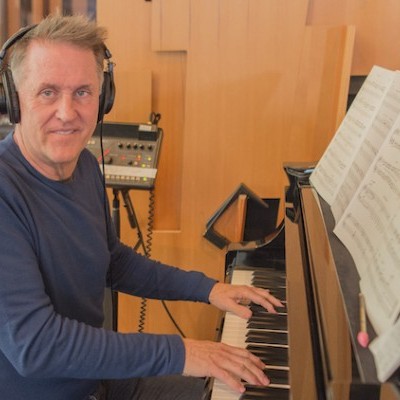
Goodwin was one of the most acclaimed, successful and influential jazz musicians of his generation.
Dec 9, 2025 12:28 PM
Gordon Goodwin, an award-winning saxophonist, pianist, bandleader, composer and arranger, died Dec. 8 in Los Angeles.…
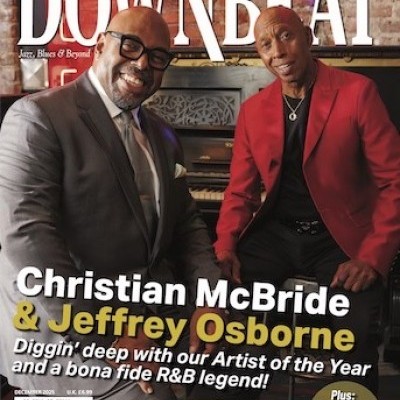
Nov 13, 2025 10:00 AM
For results of DownBeat’s 90th Annual Readers Poll, complete with feature articles from our December 2025 issue,…
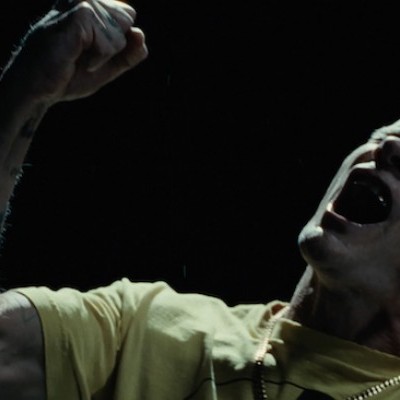
Flea has returned to his first instrument — the trumpet — and assembled a dream band of jazz musicians to record a new album.
Dec 2, 2025 2:01 AM
After a nearly five-decade career as one of his generation’s defining rock bassists, Flea has returned to his first…
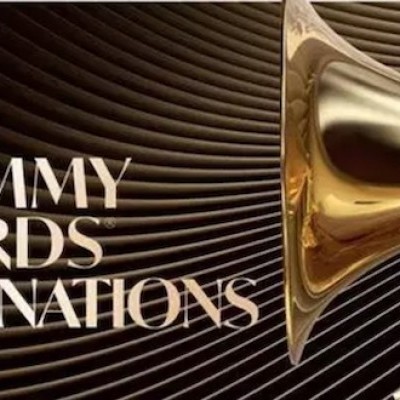
To see the complete list of nominations for the 2026 Grammy Awards, go to grammy.com.
Nov 11, 2025 12:35 PM
The nominations for the 2026 Grammy Awards are in, with plenty to smile about for the worlds of jazz, blues and beyond.…
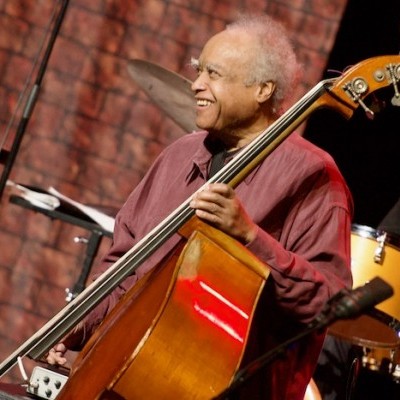
Drummond was cherished by generations of mainstream jazz listeners and bandleaders for his authoritative tonal presence, a defining quality of his style most apparent when he played his instrument unamplified.
Nov 4, 2025 11:39 AM
Ray Drummond, a first-call bassist who appeared on hundreds of albums as a sideman for some of the top names in jazz…